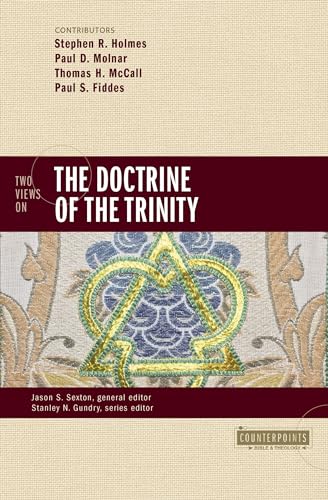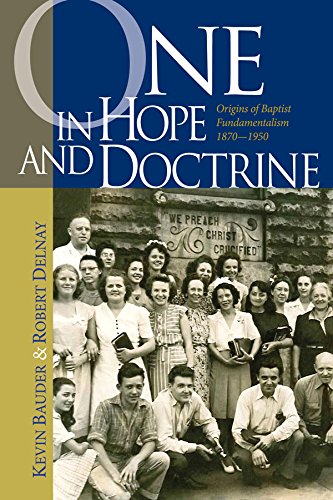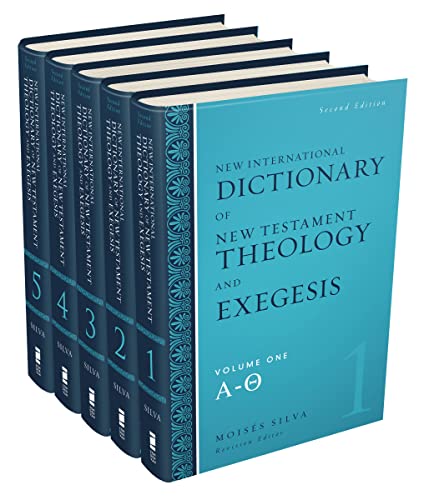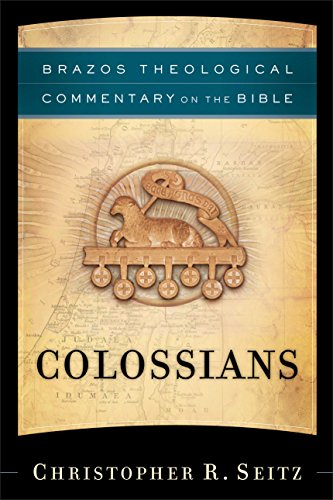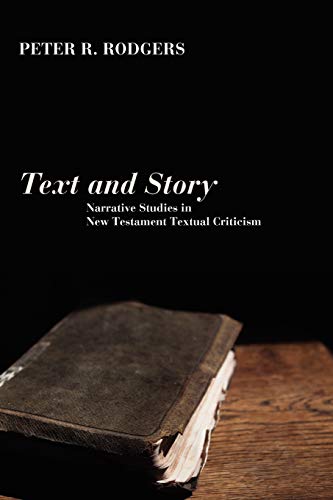Biblical Hebrew Grammar Visualized
Written by Francis I. Andersen and A. Dean Forbes Reviewed By Phillip S. MarshallFrancis Andersen and Dean Forbes have done a valuable service over the years in providing both a searchable database of the text of the Hebrew Bible, tagged morphologically, semantically, and syntactically (as well as by genre and source!), and also a complete set of syntax trees (or phrase markers) that visually represent the grammatical structure of each phrase and clause of the Hebrew Bible. (Those who use Logos Bible Software might know the former as the Andersen-Forbes Analyzed Text [AFAT] and the latter as the Andersen-Forbes Phrase Marker Analysis [AFPMA].) Working within the “burgeoning field of corpus linguistics” (p. xi), aided by these new electronic tools for researching Biblical Hebrew (BH) and by modern linguistic theories to describe grammatical phenomena, Andersen and Forbes offer this volume to begin filling a lacuna in the grammatical description of BH. That is to say, they demonstrate how, by employing their computer-assisted research tools, they are able to engage in a more rigorous and principled description of BH at the clause level and beyond (viz., syntax and discourse, and not just at the levels of phonology and morphology), and are now able to cover the scope of the entire corpus of BH (and not just focus on narrative texts). The “visualized” data that they provide to describe Hebrew grammar come, not merely in the form of labeled phrase markers (although that is primarily what the authors mean by the term), but also in the form of incidence counts of various grammatical phenomena illustrated in tables, horizontal bar graphs, and vertical bar graphs.
Chapters 1-4 introduce the reader to the authors’ basic approach. Here they explain the textual basis for their data (the text of the Leningrad Codex with Kethiv readings when Qere variants exist), the eclectic linguistic framework undergirding their work (emphasizing corpus linguistics with a preference for functionalism and phrase-structure grammars), their process of segmenting the text into appropriate units for analysis, their method for specifying the BH parts of speech (or word-classes) in their analysis, and the concepts and terms necessary to understand the phrase markers (tree diagrams) used to illustrate their analytical work. Chapters 5-8 provide a description and visualization of the hierarchical constituent structure of BH in increasing levels of complexity. Chapters 5-6 deal with basic phrases, followed by complex phrases (phrases having phrases embedded within them), while chapters 7-8 cover main clauses, and then the kinds of embedded (or subordinate) clauses that can be found within main clauses. Chapters 9-17 together form the heart of this study, as Andersen and Forbes introduce the concept of clause-immediate constituents (called CICs-those constituents that combine together to form Hebrew clauses), explain their classification of the five major CIC types and the semantic roles played by many CICs (chs. 9-10), present their methodology for assessing the composition, incidence patterning, and ordering of CICs within BH clauses (ch. 11), and then apply that methodology by analyzing a corpus of four syntactically and semantically diverse verbs within the Qal stem: נתן/עשׂה/היה/אמר (chs. 12-15). Chapters 16 and 17 respectively analyze/visualize how CICs are composed (or realized) across all Hebrew verbs (irrespective of verbal root, as was done in chs. 12-15) and provide “methods for computing and representing the distances between verb corpora” (p. 232). In chapters 18-19, Andersen and Forbes analyze clauses whose predications are achieved by means other than verbal forms: through quasiverbals such as אֵין ,יֵשׁ, and עוֹד (ch. 18), or through verbless clauses (also called nominal clauses, or null-copula clauses; ch. 19). Chapter 20 explains and exemplifies how complex, discontinuous syntactic structures in BH give rise to phrase markers that are not true syntax “trees” since they break the normal rules for tree diagrams (these phrase markers are called graphs by AF). Finally, ch. 21 describes how the authors intend to approach discourse analysis and provides some illustrations of how their very rudimentary work in discourse analysis can be seen in the current phrase markers they have produced.
The authors are to be commended for providing readers a look “under the hood” of the visualized texts of BH provided in a tool like the AFPMA, for explaining the theory and methodology behind it, and for giving a taste of the amazing kinds of research in BH grammar that can be achieved by using it. The authors state in the Preface that “this book takes the first steps toward investigation of the grammar of the Hebrew found in . . . the Hebrew Bible” (p. xi) and that they intend to present “a few sample studies that will illustrate the potential of this approach for research” (p. xii). They have certainly delivered what they have promised. Their project is a beginning, a work in progress, and they openly acknowledge a number of areas where refinements and further work are needed. For example, by opting for a “mixed representation” of phrase markers (pp. 114-16), they acknowledge that “a price is exacted when semantic role information is squeezed out by grammatical function information” (p. 116), and later they admit that the existence of certain problems in the mixed-representation model “makes it all the more important that we implement the full representation as soon as possible” (p. 200). Such implementation would be a felicitous development, as the current structure can lead to the skewing of results when the search for certain grammatical functions yields an inaccurate number of hits because semantic roles have been assigned to those constituents instead. Finally, a word of caution needs to be given. This volume should not be construed as a “how-to manual” in conducting searches using the AFPMA in Logos. However, with that caveat in mind, if someone wants to understand how to begin making use of the riches to be mined from the AFPMA, I can think of no better “pick-axe” than this volume, as it provides the linguistic background, terminology, and concepts necessary to understand how to query the database for all its worth.
Phillip S. Marshall
Phillip S. Marshall
Houston Baptist University
Houston, Texas, USA
Other Articles in this Issue
The account of Abraham's near-sacrifice of Isaac has been and will likely continue to be violently applied so long as the dominant misunderstanding of the text prevails...
In recent years, a growing cadre of younger historians has begun publishing significant books on the history of American evangelicalism...
Romans 4 remains a central text in the debate over the New Perspective on Paul...
Within the intra-Reformed debate over baptism, covenant theology is a crucial aspect in determining one's position...
‘Fathers of Faith, My Fathers Now!’: On Abraham, Covenant, and the Theology of Paedobaptism
by David GibsonThe figure of Abraham creates a covenantal framework for biblical theology that allows baptism to be considered in relation to the Bible's developing story line...



